Science Results Archive
| Spotlight | Image |
|---|---|
|
SOFIA Reveals Never-Before-Seen Magnetic Field Details
The Stratospheric Observatory for Infrared Astronomy, SOFIA, released new data from its recent Southern Hemisphere observations revealing the structure of celestial magnetic fields in the region known as 30 Doradus , or 30 Dor, at a scale that has never been seen before. |
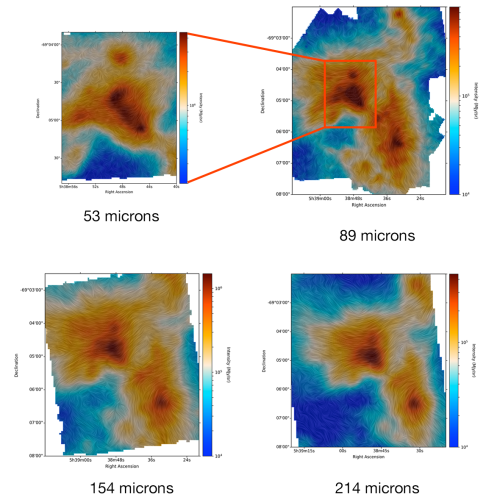
|
|
SOFIA to Study Southern Skies in New Zealand
NASA’s Stratospheric Observatory for Infrared Astronomy, SOFIA, is preparing to head to Christchurch, New Zealand, to study celestial objects best viewed from the Southern Hemisphere. |
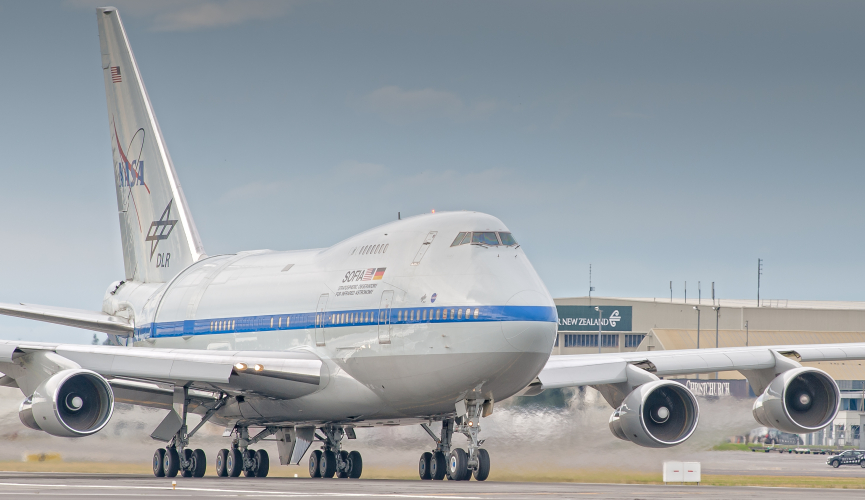
|
|
SOFIA to Resume Observations After Extended Maintenance Period
NASA’s Stratospheric Observatory for Infrared Astronomy, SOFIA, has returned from an extended maintenance period and will resume science flights on May 22. The May 22 mission will be a 10-hour, overnight flight where SOFIA will observe a number of celestial objects including an area of dense gas in the constellation Sagittarius. Researchers will also study the material remaining after a supernova explosion to better understand how these cataclysmic events impact the surrounding area and if these interactions form cosmic rays. |
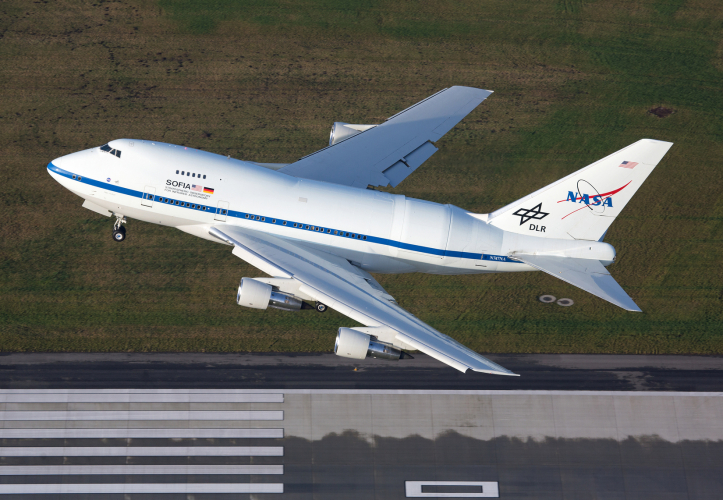
|
|
What’s Happening in Orion’s Horsehead Nebula?
Two research teams used a map from NASA’s Stratospheric Observatory for Infrared Astronomy, SOFIA, to uncover new findings about stars forming in Orion’s iconic Horsehead Nebula. The map reveals vital details for getting a complete understanding of the dust and gas involved in star formation. |
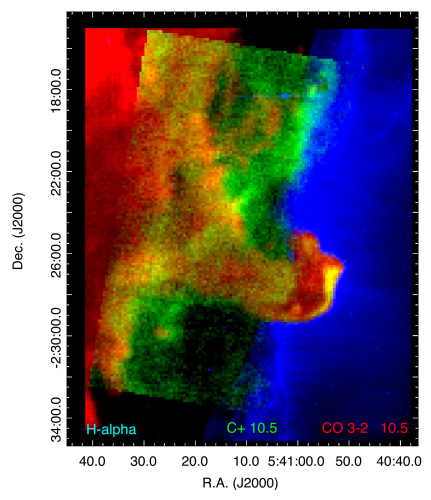
|
|
SOFIA is Looking for Next Science Instrument
NASA released a solicitation for proposals for next generation science instrument(s) that will harness the unique capabilities of SOFIA, the Stratospheric Observatory for Infrared Astronomy. |
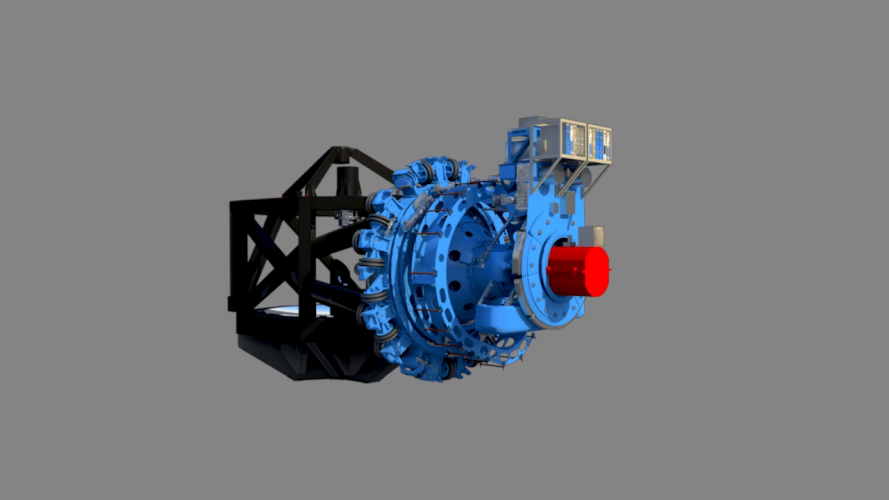
|
|
SOFIA Return to Flight Delayed
Updated March 30, 2018 NASA’s Stratospheric Observatory for Infrared Astronomy, SOFIA, remains in Hamburg, Germany, to address a repair that was discovered during a routine inspection and repair cycle, known as a C-Check. The observatory was slated to return on Jan. 8, 2018, however, after completion of the inspection and maintenance by technicians at Lufthansa Tecknik AG, a fuel leak was discovered where the outer engine on the left side attaches to the wing. To return to flight operations, the wing fuel-tank leak must be addressed in accordance with safety requirements. |

|
|
Eric Becklin's 54 Years of Adventures in Infrared Astronomy
The American Astronomical Society, AAS, awarded the Henry Norris Russell Lectureship to Eric Becklin, senior science advisor for SOFIA, the Stratospheric Observatory for Infrared Astronomy. The lectureship is awarded annually based on "a lifetime of eminence in astronomical research, and for his leadership role in turning infrared astronomy into a fundamental tool for understanding astronomy and astrophysics." |
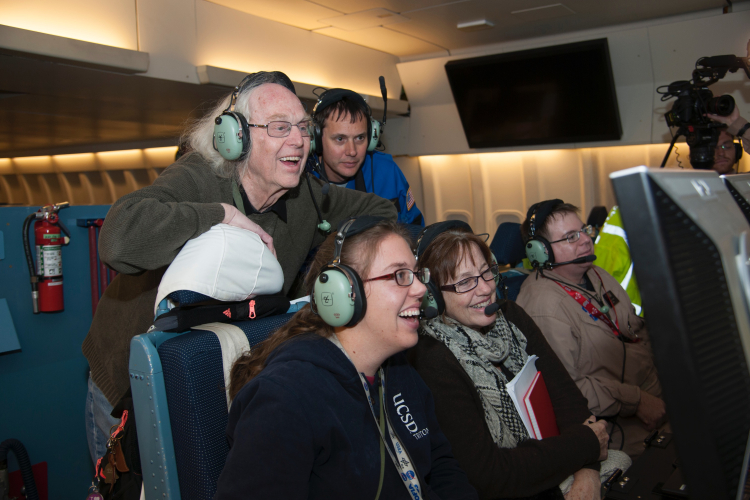
|
|
Next Stop: The Stratosphere via Virtual Tour
Now it’s possible to explore NASA’s flying observatory with a new 3-D virtual tour that brings users aboard SOFIA, the Stratospheric Observatory for Infrared Astronomy. |
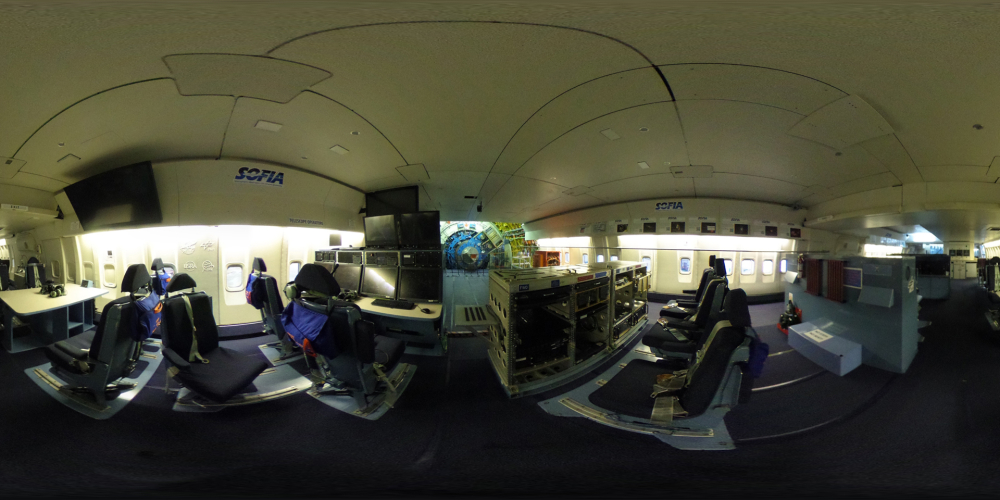
|
|
What Stars Will Hatch From The Tarantula Nebula? NASA’s Flying Observatory Seeks to Find Out.
To have a full picture of the lives of massive stars, researchers need to study them in all stages – from when they’re a mass of unformed gas and dust, to their often dynamic end-of-life explosions. |
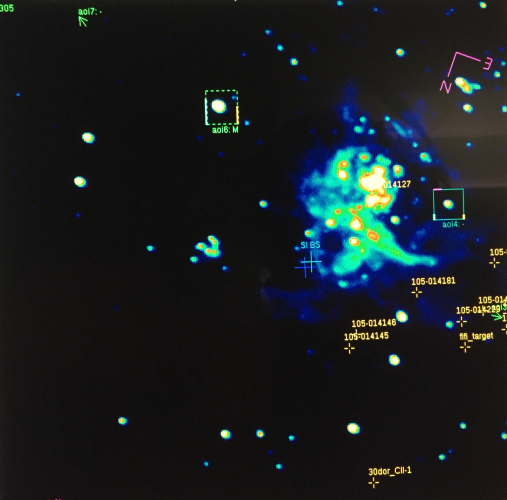
|
|
New SOFIA Observations Help Unravel Mysteries of the Birth of Colossal Suns
Astronomers are observing star-forming regions in our galaxy with NASA’s flying telescope, the Stratospheric Observatory for Infrared Astronomy, SOFIA, to understand the processes and environments required to create the largest known stars, which tip the scales at ten times the mass of our own Sun or more. |

|
|
Astronomy from the Stratosphere: Results from NASA’s SOFIA Airborne Telescope
Astronomers from NASA’s Stratospheric Observatory for Infrared Astronomy, SOFIA, Northwestern University, and the University of Maryland were on hand at the 231st meeting of the American Astronomical Society in Washington, D.C., to discuss new scientific results describing how their studies of dust grain polarization and celestial magnetic fields are leading to a better understanding of star formation, theories about how gas cools in the interstellar medium, and how magnetic fields are creating stellar winds around black holes. |
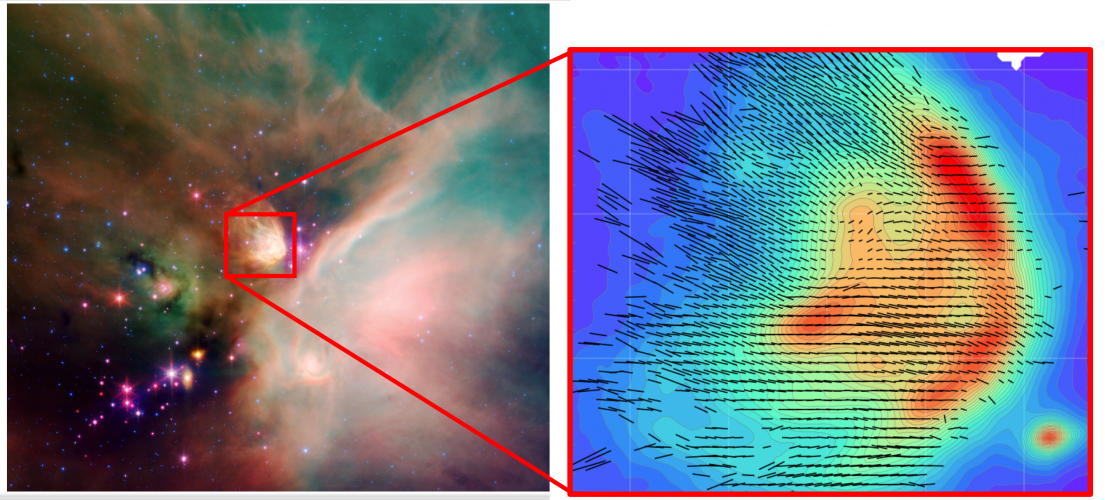
|
|
NASA's Flying Observatory SOFIA to Explore Magnetic Universe and Beyond
NASA’s Stratospheric Observatory for Infrared Astronomy, SOFIA, is preparing for its 2018 observing campaign, which will include observations of celestial magnetic fields, star-forming regions, comets, Saturn’s giant moon Titan and more. This will be the fourth year of full operations for SOFIA, with observations planned between February 2018 and January 2019. Research flights will be conducted primarily from SOFIA’s home base at NASA’s Armstrong Flight Research Center. Highlights from these observations include: |
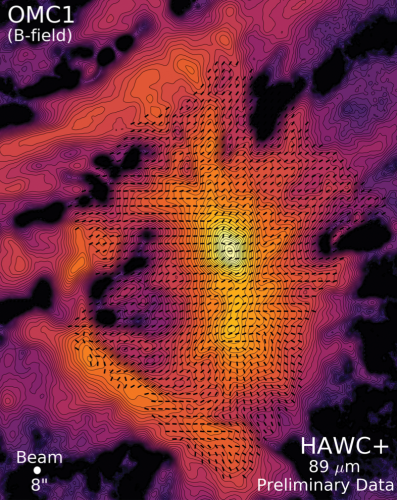
|
|
Does New Horizons’ Next Target Have a Moon?
Scientists were already excited to learn this summer that New Horizons’ next flyby target – a Kuiper Belt object a billion miles past Pluto -- might be either peanut-shaped or even two objects orbiting one another. Now new data hints that 2014 MU69 might have orbital company: a small moon. |
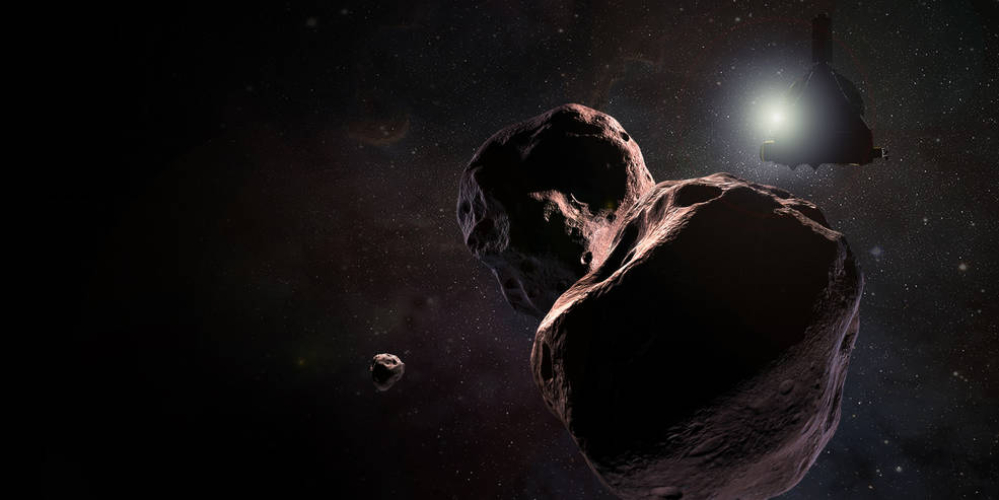
|
|
Observations of a Comet’s First Passage through the Solar System Reveals Unexpected Secrets
Comets are our most direct link to the earliest stages of the formation and evolution of the solar system. Only every few years is a new comet discovered that is making its first trip to the inner solar system from the Oort Cloud , a zone of icy objects enveloping the solar system. Such opportunities offer astronomers a chance to study a special class of comets. |
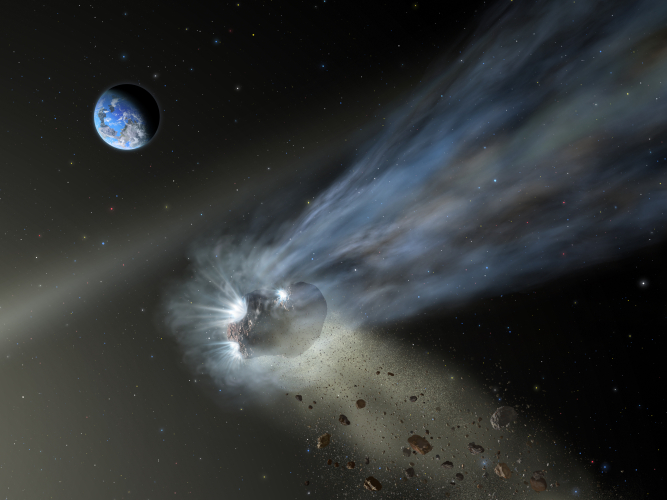
|
|
Catching the Shadow of a Neptunian Moon
Researchers on the flying observatory SOFIA, the Stratospheric Observatory for Infrared Astronomy, are preparing for a two-minute opportunity to study the atmosphere of Neptune’s moon Triton as it casts a faint shadow on Earth’s surface. This is the first chance to investigate Triton’s atmosphere in 16 years. |

|
|
Astronomy from 40,000 Feet and 43.5 Degrees South
The Stratospheric Observatory for Infrared Astronomy, SOFIA, completed its fourth set of observations from Christchurch, New Zealand. The team spent seven weeks operating from the U.S. Antarctic Program facility at Christchurch International Airport, enabling researchers onboard to observe celestial objects that are best studied from the Southern Hemisphere. |

|
|
SOFIA In The Right Place At The Right Time to Study Next New Horizons Flyby Object
NASA’s airborne observatory, SOFIA, was in the right place at the right time to study the environment around a distant Kuiper Belt object, 2014 MU69 , which is the next flyby target for NASA’s New Horizons spacecraft. |
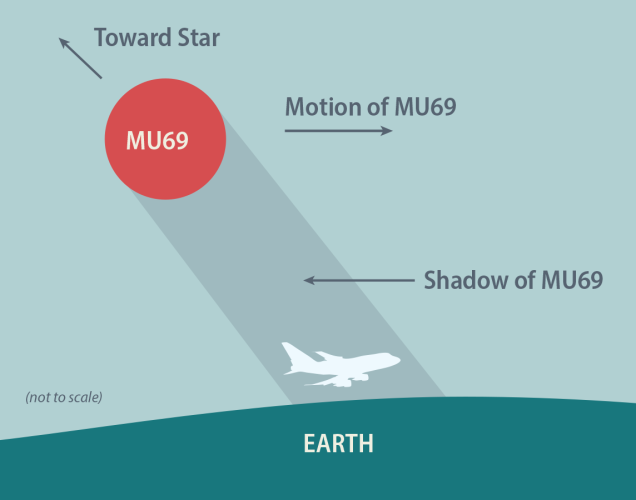
|
|
SOFIA Arrives in New Zealand to Observe Southern Skies
The Stratospheric Observatory for Infrared Astronomy, SOFIA, arrived in Christchurch, New Zealand, on June 22 to conduct seven weeks of observing flights from the Southern Hemisphere. |

|
|
SOFIA Finds Cool Dust Around Energetic Active Black Holes
Researchers at the University of Texas San Antonio using observations from NASA’s Stratospheric Observatory for Infrared Astronomy, SOFIA, found that the dust surrounding active, ravenous black holes are much more compact than previously thought. |
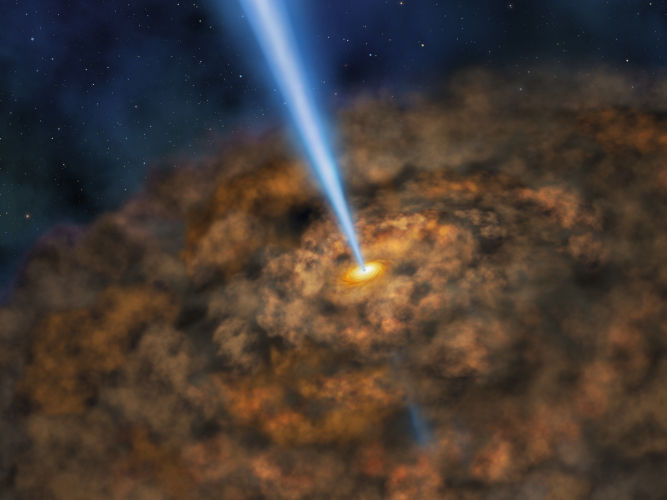
|